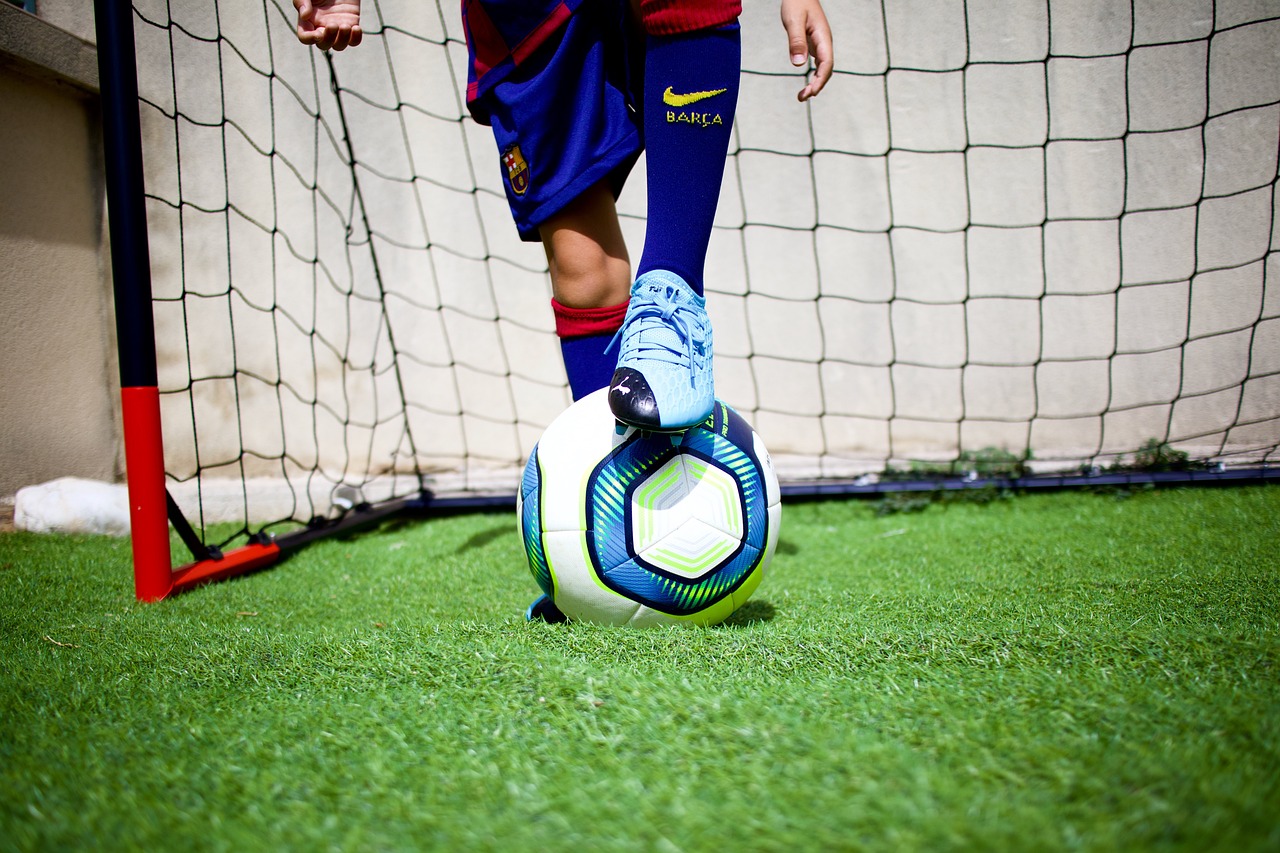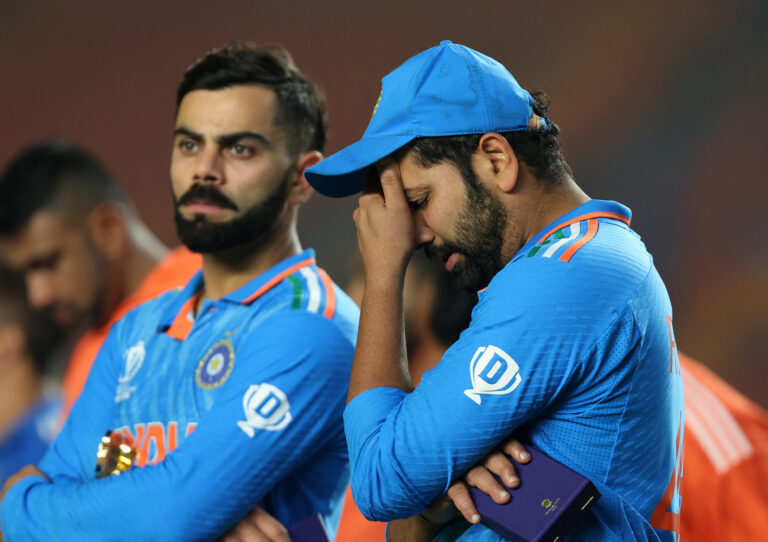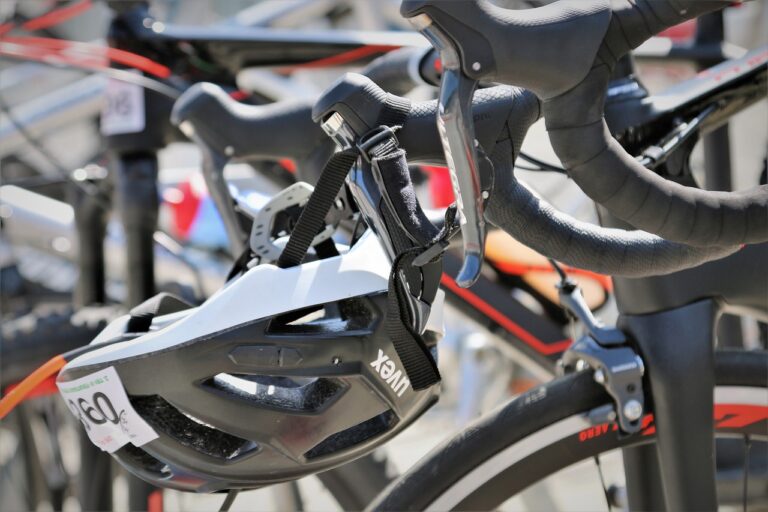The Role of Protective Gear Design in Injury Prevention
Lotus365, Gold365: Protective gear is designed with the primary goal of providing safety and protection to the wearer in various environments and situations. One of the key design principles for effective protective gear is ensuring proper fit and comfort. Gear that is too loose or tight can impede movement and cause discomfort, potentially reducing its overall effectiveness in providing adequate protection. Additionally, incorporating adjustable straps and padding can help customize the fit to the individual, enhancing both comfort and functionality.
Another important design principle is the utilization of durable and high-quality materials to ensure the longevity and effectiveness of the protective gear. The choice of materials can greatly impact the gear’s ability to withstand impact, abrasions, and other potential hazards. For instance, gear made with materials like Kevlar or reinforced plastics can offer enhanced protection against cuts and punctures, while also maintaining flexibility and breathability for the wearer. By selecting the right materials, designers can create protective gear that not only meets safety standards but also enhances the overall user experience.
Impact of Material Selection on Protective Gear Effectiveness
When it comes to designing protective gear, the choice of materials plays a crucial role in ensuring its effectiveness. The materials selected must possess the necessary properties to withstand impact, abrasion, and other hazards specific to the intended use of the gear. Factors such as durability, flexibility, and weight all need to be carefully considered to provide the optimal level of protection for the wearer.
Impact resistance is one of the key factors that material selection directly influences in protective gear. Materials with high impact resistance, such as Kevlar, carbon fiber, and high-density plastics, are commonly used in helmets, body armor, and other protective equipment to absorb and dissipate the force of impact, reducing the risk of injury. Additionally, the ability of a material to maintain its structural integrity under repetitive impacts or harsh conditions can significantly enhance the overall effectiveness of the protective gear in safeguarding the wearer.
How important is material selection in determining the effectiveness of protective gear?
Material selection is crucial in determining the effectiveness of protective gear. The right material can provide the necessary level of protection against specific hazards.
What are some design principles to consider for effective protective gear?
Design principles for effective protective gear include proper fit, durability, flexibility, breathability, and the ability to withstand impact or penetration.
How does material selection impact the overall performance of protective gear?
The material selection directly impacts the overall performance of protective gear by influencing factors such as comfort, protection level, and durability.
Can the wrong material selection compromise the effectiveness of protective gear?
Yes, choosing the wrong material for protective gear can compromise its effectiveness and put the wearer at risk of injury.
How can individuals ensure they are selecting the right material for their protective gear?
Individuals should carefully assess the specific hazards they will be exposed to and choose materials that offer the appropriate level of protection against those hazards. Consulting with safety experts or manufacturers can also help in making the right material selection.







